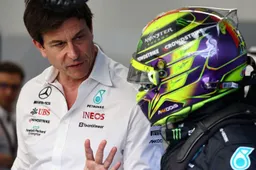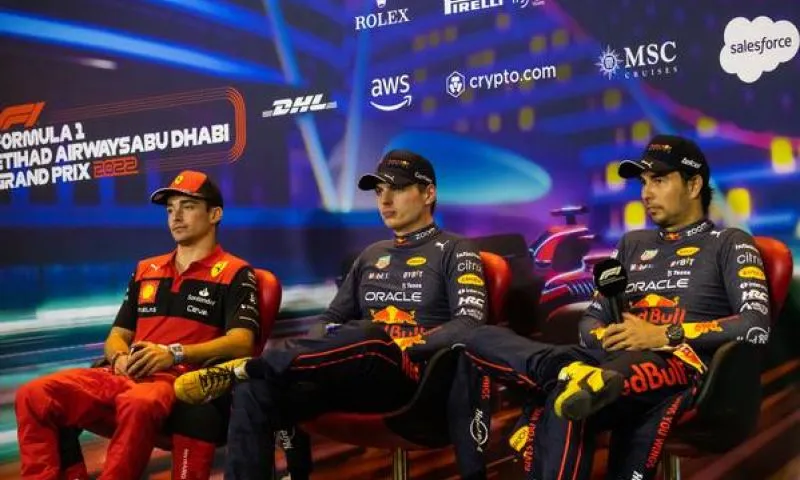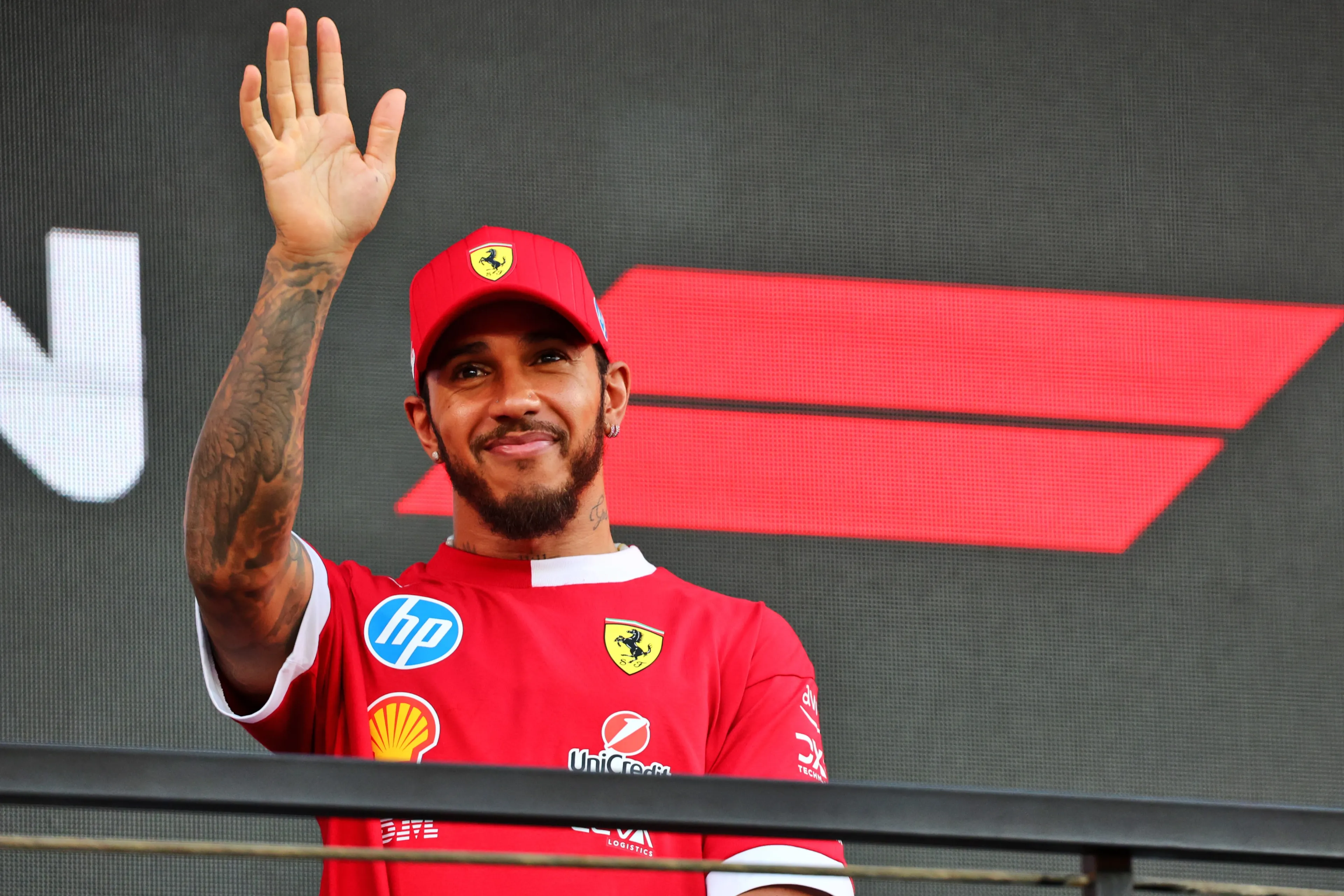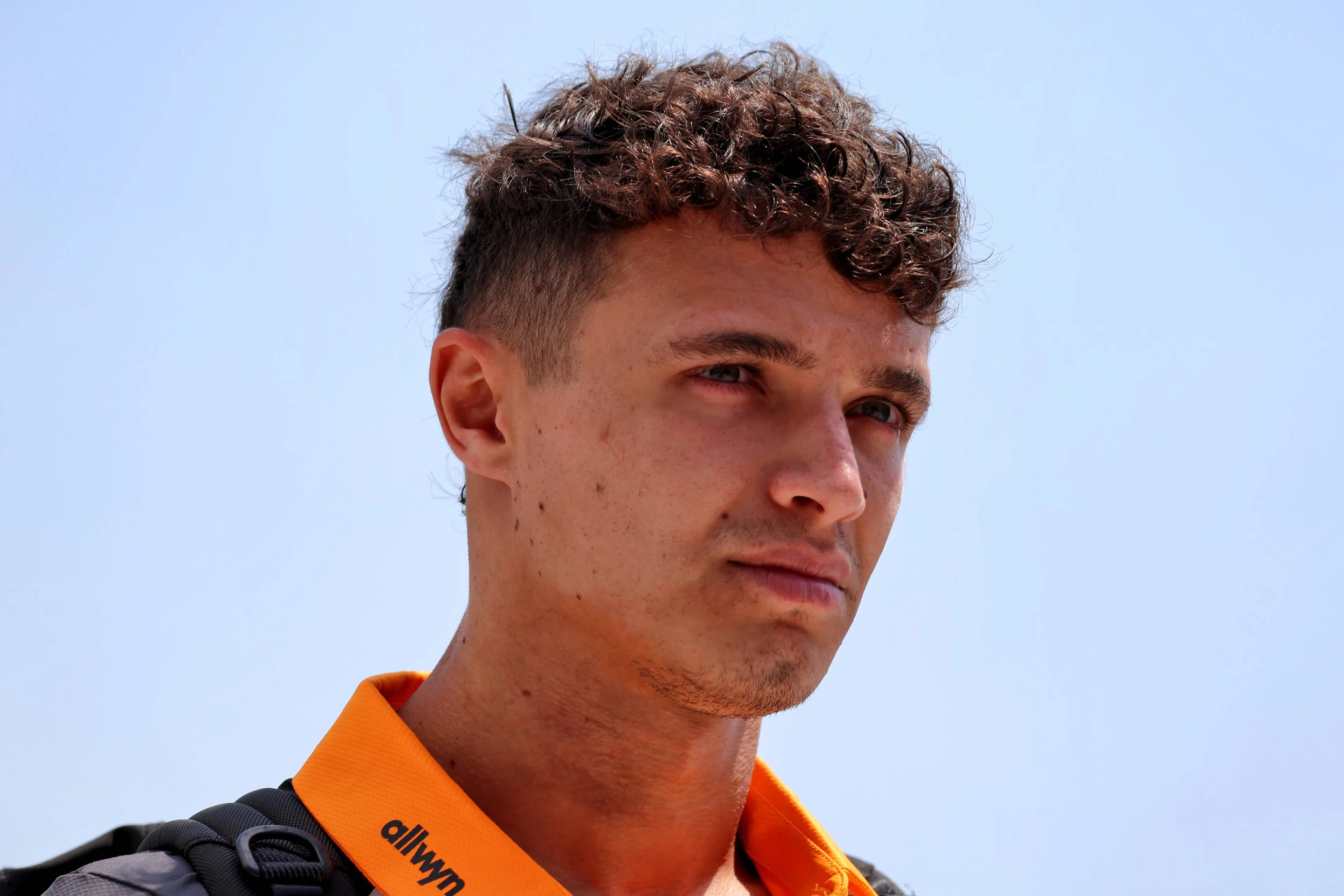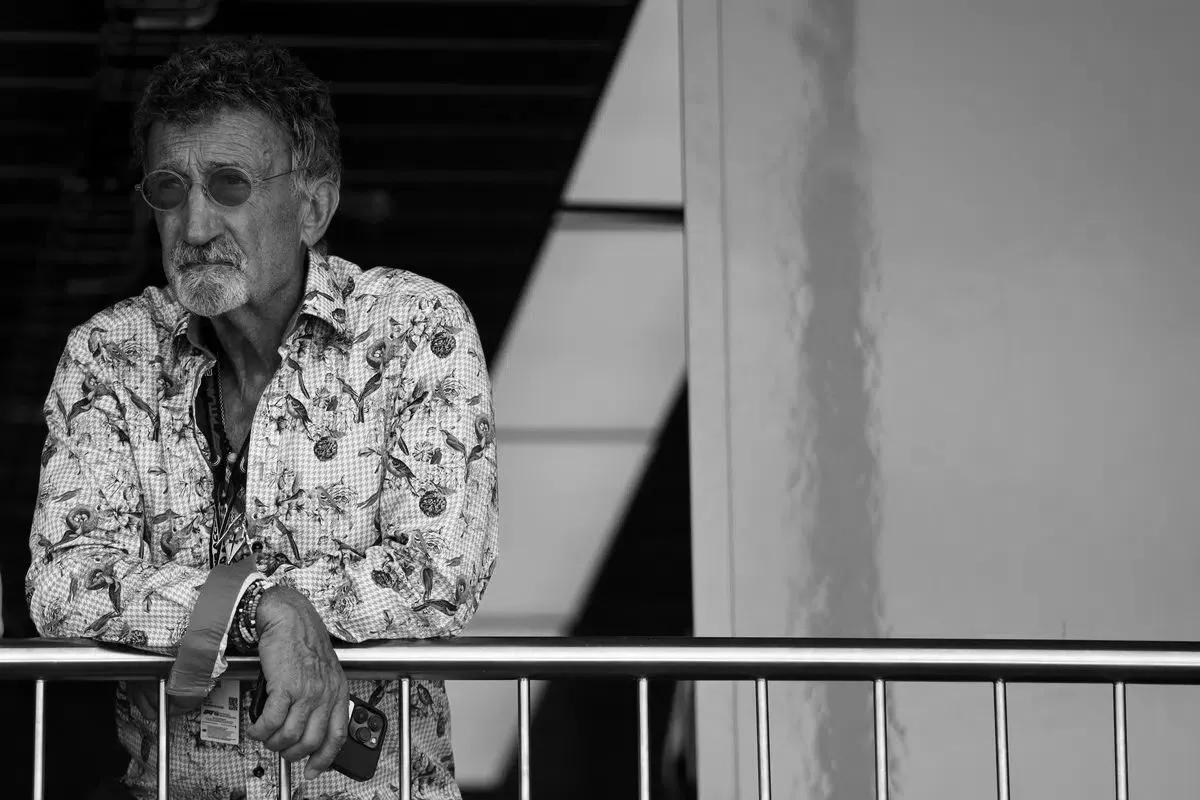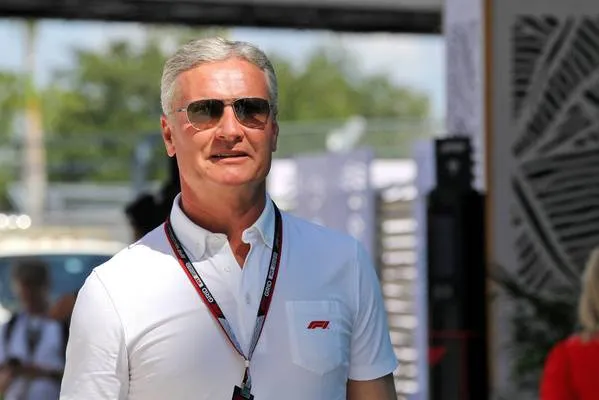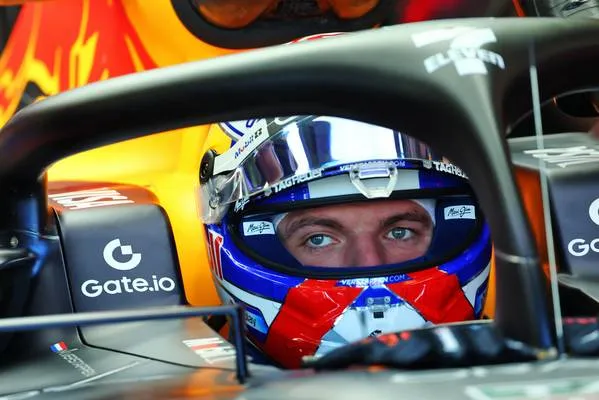The most important practice ahead of qualifying is just around the corner. The second free practice for the Saudi Arabian Grand Prix is crucial for F1 teams and drivers. Don't miss any of the action on and off the track with this liveblog from GPblog.
LIVEBLOG | The second free practice for the 2023 Saudi Arabian Grand Prix
The main session in Jeddah
At the Jeddah Corniche Circuit, racing takes place in the evening. As a result, temperatures are already a lot lower than during the day in the Middle East. However, the second free practice session is the only practice session to be held at the same time as qualifying and the race. So it is crucial for teams and drivers to make a lot of metres in this session.
A second free practice session is usually divided into two parts by teams. The first half hour is spent working on the setup for qualifying runs. So in this, you can really see who is in a good position over one lap. In the second part of the session, drivers go out for a long run to simulate the race. Here it is not about the fastest time, but which driver can set the best pace with a full tank and used tyres.
FP2 starts at 17:00 UK time. Before then, stay tuned for the very latest news with the live blog below.
The Jeddah track is the fastest street circuit that Formula 1 visits. Average speeds in qualifying are over 250 km/h with drivers climbing above 310 km/h on three separate occasions during a single push lap. Over 80% of the lap is spent at full throttle and many of the corners can be taken flat-out given the soft angle. All three sectors are pretty quick, but the first is slightly slower with tighter turns.
The first corner is particularly tight, and then the drivers have to flick the steering wheel in the opposite direction almost immediately to take the second corner. There are elongated chicanes throughout the circuit, this one is one of the tightest. To have better confidence in this sector, drivers might opt for a higher downforce setting on their cars.
Going down this route should also help them during the Grand Prix because it would mean the tyres do less sliding and therefore should last longer. However, in the following two sectors, having a high downforce is negative. Without DRS, it becomes difficult for the cars to dump drag and they will therefore lose time during the faster areas of the circuit. This means that during the race, when DRS isn't available regularly, a high downforce reduces performances in sectors two and three. The best sector times might allow us to identify which set-up the teams tried in the second free practice session.
Read more about:
Popular on GPBlog
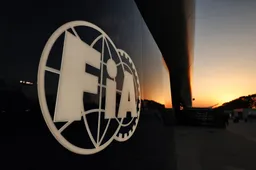
1
FIA considers overhauling controversial sporting code after severe criticism
2899 times read
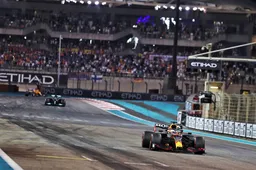
2
Croft looks back on Abu Dhabi 2021: 'Lewis was cruising to an 8th world title'
576 times read

3
Vettel 'not allowed' to make F1 return: 'It's beautiful'
573 times read

4
For Sky Sports analyst's former team, Verstappen wasn't champion material
480 times read


